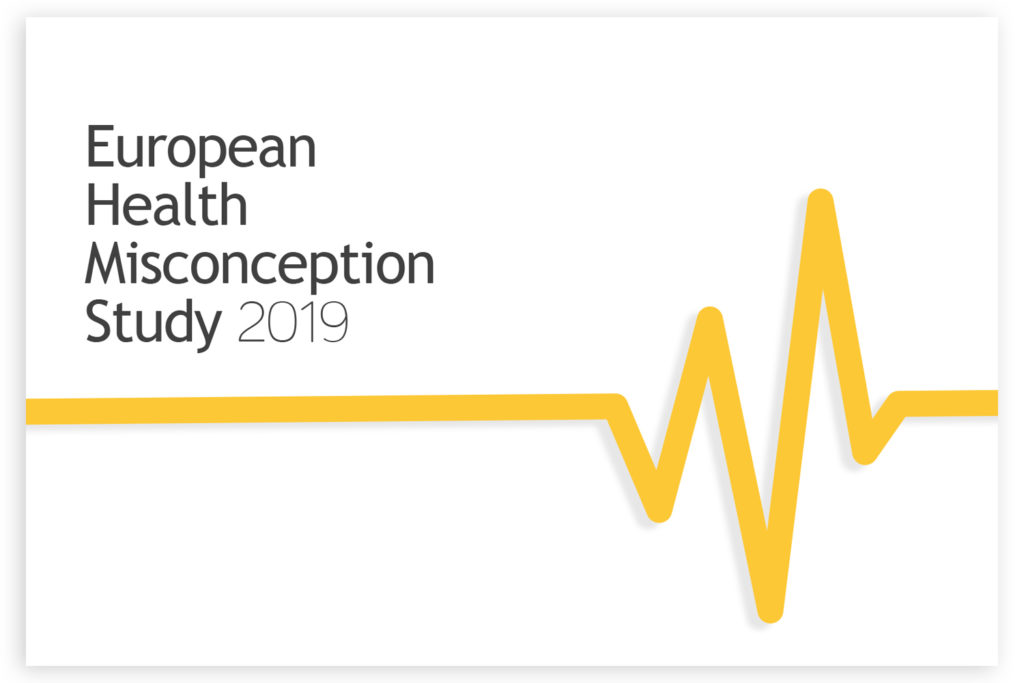 A. It decreased by a third
A. It decreased by a third B. It stayed about the same
B. It stayed about the same C. It increased by a third
C. It increased by a third
Correct answer
The rate of suicides in Europe has dropped from 21.2 per 100,000 people in 1997 to 15.5 per 100,000 people in 2017—a decrease of more than a third. Data from the Institute for Health Metrics and Evaluation show that suicide rates in Europe peaked in 1994 (after the fall of the Soviet Union) and that there has been a near continuous decline since then. The main reason the rate has improved is the economic development and stabilization in former Soviet countries, as well as the introduction of selective serotonin reuptake inhibitors (SSRIs)—a form of antidepressant — in the 90s.
Data source
The evidence for the correct answer comes from the Institute for Health Metrics and Evaluation: https://gapm.io/xihme
When fewer people commit suicide, nobody notices
A massive 90% of our respondents got this question wrong, with the majority opting for the most negative option. Thankfully, our respondents’ answers are not a reflection of reality, as the rate of suicides in Europe has actually been decreasing for many years! The chimps were much more positive than our human respondents, and consequently scored a higher proportion of correct answers.

Why do people pick the wrong answer?
Because they think that things are getting worse! It’s not a surprise that most people chose the most negative option… or that hardly anybody got this question right. Many of us fall into the trap of believing that things are getting worse, so a rise in suicide rates would be the only logical conclusion.
But everything isn’t getting worse. In fact, most things are getting better. And that includes a significant fall in the rate of suicides in Europe over the last 25 years. Mental health and suicides have received a lot of attention in the media, which almost always highlights the exceptions. After all, when was the last time you heard about somebody NOT committing suicide? There has also been a lot of coverage of the increasing rate of suicides in the United States — which is true, but still an exception to the situation globally.
Now of course, suicide is something that needs attention, and even though it has become more uncommon in most European countries in the past 20 years, it is still far too common for us to relax. It has tragic consequences for all those around, friends and family, and when attention is given it needs to be done with compassion and knowledge about the subject.
However, if we are unaware of that suicide is actually becoming less common, we could easily come to believe that the measures being taken to prevent suicide don’t work — worse, that they don’t matter. Clearly, this is not true. We can and must continue suicide-preventive work. It makes a difference. It saves lives.









